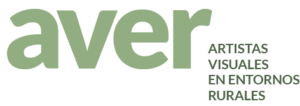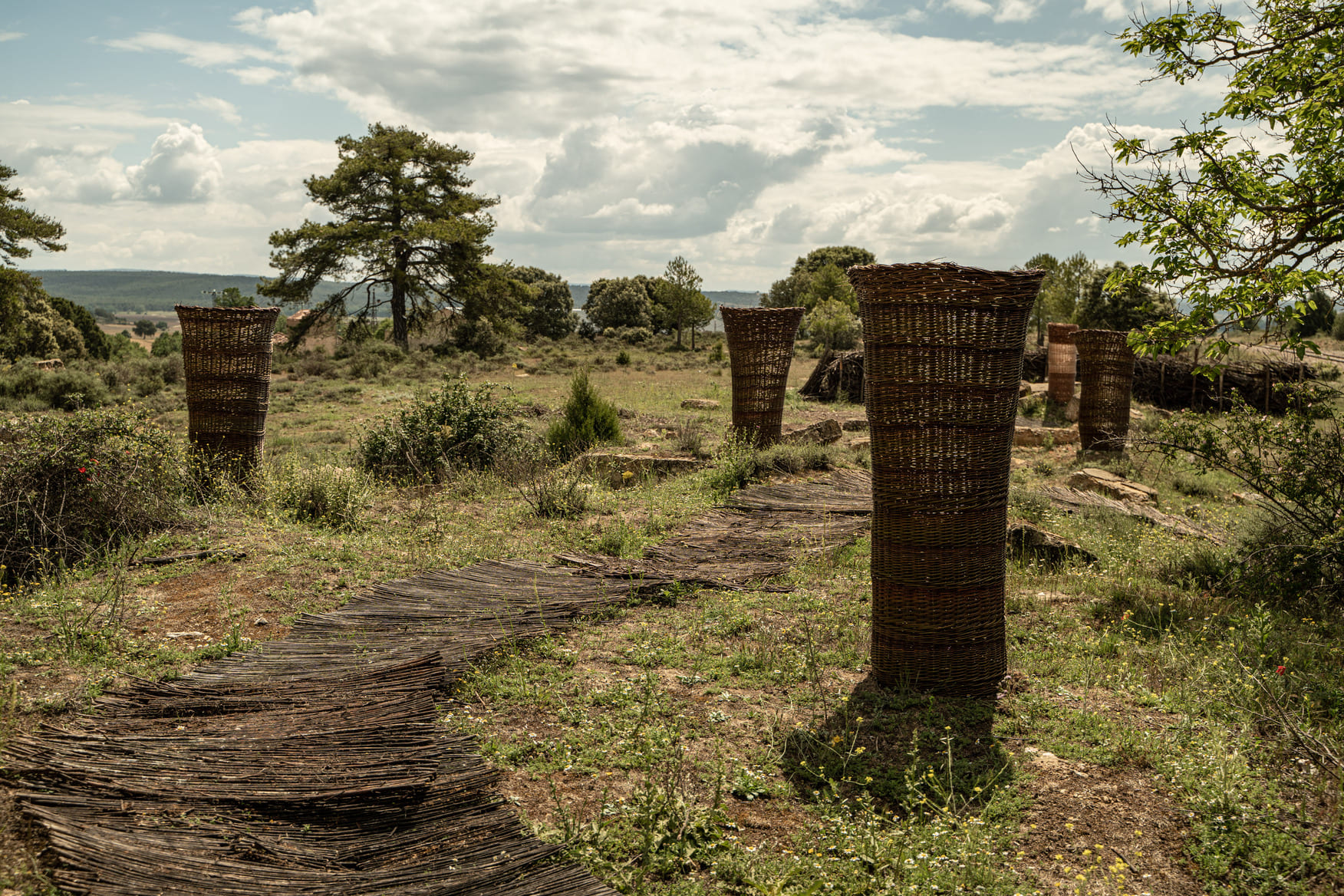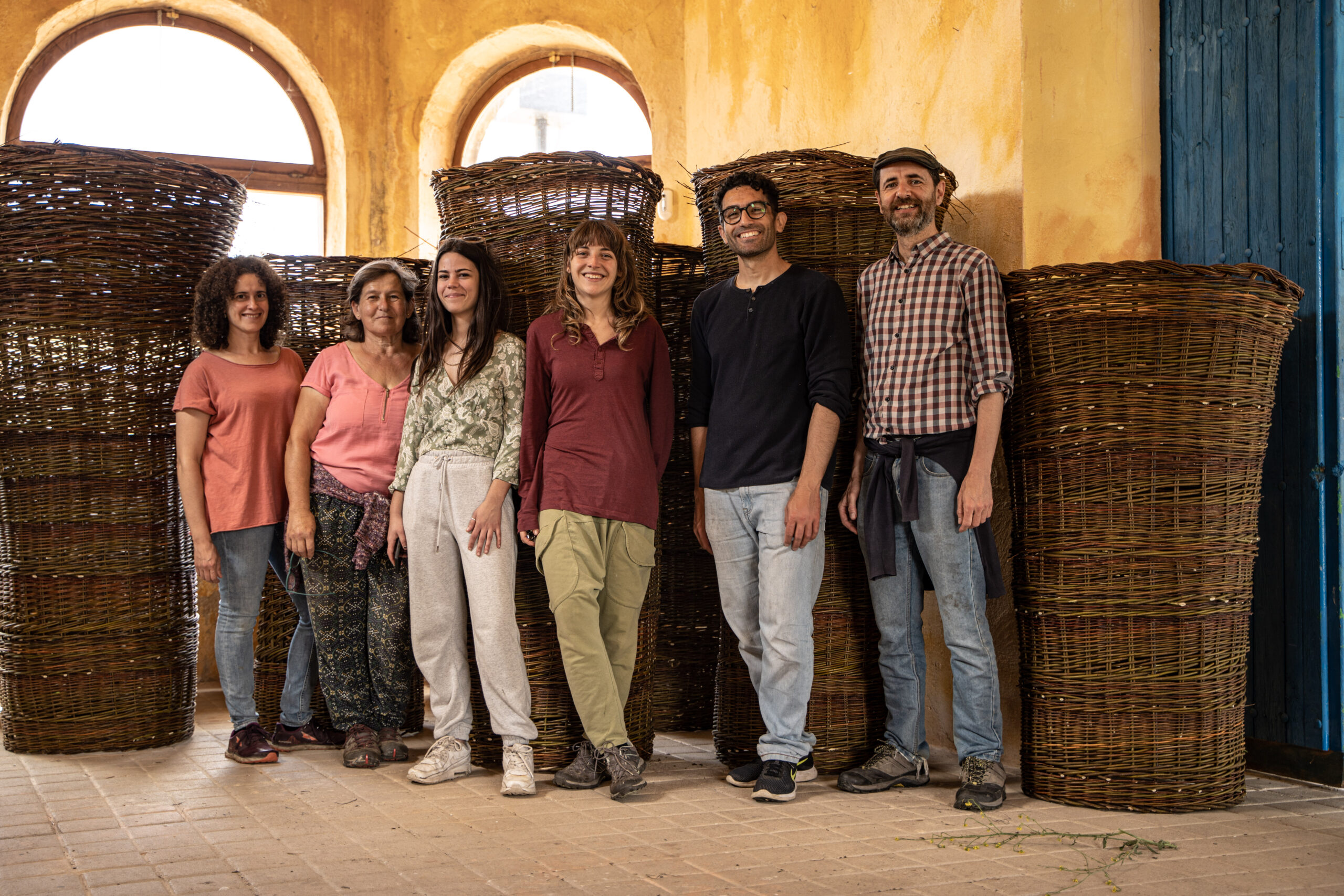AVER (Visual Artists in Rural Environments), is a project of the Ministry of Culture and Sports and Tectónica Cultural, on the occasion of the VI Culture and Ruralities Forum, which held in Cuenca from July 4 to 7, 2023. With the collaboration of Arte Sostenible @asociacionartesostenible and Kárstica Centre de Creació.
It is a new program with four guest artists: Paula Belinchón, Isabel Campos, Rubén Chumillas and Miriam Gascón to develop a co-creative and collaborative project in the rural environment of Cuenca.
“Weaving connections: from the ruin to the temple”: it is a sustainable artistic intervention that looks towards the concept of temple both in its aesthetic and philosophical conception.
It is a site-specific installation that takes place on the ruins of the houses where the railway workers and their families lived, in the Cañada del Hoyo station (Cuenca). Thinking about ruin not only means thinking about the decomposition of the physical, but also has a symbolic and conceptual dimension that allows us to reflect on memory and the construction of history.
The ruins are material vestiges of past events and can be considered as silent accounts of history. One of these stories tells us that reducing ruin to worthless rubble is the mark of the abandonment of rural territories and, as a consequence, isolation, depopulation and the risk of poverty. The idea of taking the ruins to the temple reminds us to worship what was as part of who we are, history and memory.
“Weaving connections: from the ruin to the temple” aims to give space and value the rural imaginary, generating links with the territory and the people who inhabit it through the collaborative artistic practice proposed by the four artists from La Mancha.
The main material used in the installation is wicker.
Currently the use of wicker is in decline in the province, but in the past it was part of the complementary economy of families in the regions of La Alcarria and the Serranía Alta in Cuenca. To contribute to its recovery, they wanted to use this material and in this sense, the artisan from La Mancha, Paulina Belinchón, has transmitted her knowledge in a workshop where she has taught the population how to use it.
The reuse of natural residues that are found shaping the landscape of the ruins and the recovery of the aforementioned materials and traditional ways of doing things, lead us to interpret history through elements connected to the territory itself, thus contributing to the creation of a more sustainable future, thereby helping to revitalize rural areas.
Likewise, with this artistic intervention, it is committed to the creation of new social and territorial links between the artists themselves and the neighbors participating in the workshop. In this way, through the emotional connection with the territory, it is intended to raise awareness about the importance of protecting cultural and natural heritage.



Intervention space in Cañada del Hoyo (Cuenca)
